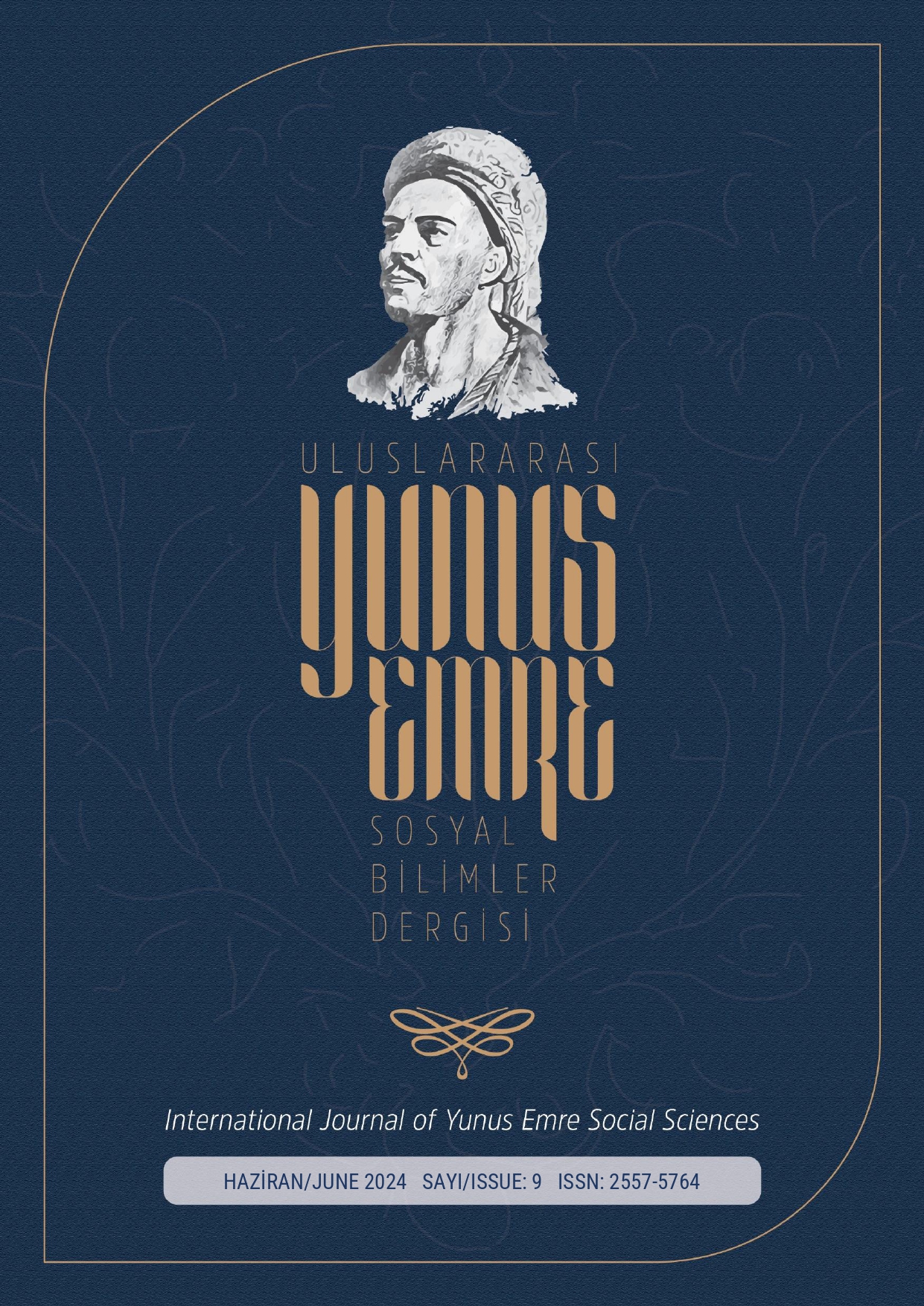Author :
Abstract
Kültürün hafızalarda korunup nesilden nesle aktarıldığı sözlü gelenek içerisinde halk anlatılarının önemli bir yeri vardır. Sözün ve iletişimin başlangıcından günümüze halk anlatıları, içinde üretildiği topluluğun/ toplumun sosyo-kültürel yapısını aktarma işlevini üstlenmiş; kültürün canlı ve değişken yapısı içinde çağın gerekliliklerine uyum sağlayarak günümüze kadar varlığını korumuştur. Kültür tarihinin derinliklerine, arkaik dönemlere kadar uzanan büyü inanışı, kriz anlarında ya da kritik anlarda anlatının akışını yönlendirmesi bakımından halk anlatılarında önemli bir yere sahiptir. Bu yönüyle büyü, uygulandığı topluluk/ toplumun sosyo-kültürel değerlerinin, düşünce ve inanış evreninin yoğunlaştırılmış bir çekirdeğini oluşturur. Dünyayı algılama biçimine dair kodları barındırması bakımından büyü motifinin halk anlatılarındaki rolünü mercek altına almayı gerektirir. Bu çalışmada amaç, halk anlatılarında yer alan büyü uygulamalarında dört temel unsurun yerini ve işlevini belirlemektir. Anlatılardaki büyü motiflerinde, dört unsuru (anâsır-ı erbaa) oluşturan ateş, hava, su ve toprak elementlerinin kullanımı ve işlevi ele alınacaktır. Bu amaç ve hedef doğrultusunda çalışmada, nitel araştırma yöntemlerinden doküman (içerik) analizi metodu kullanılacaktır.
Keywords
Abstract
Folk narratives have an important place in the oral tradition, where culture is preserved in memories and transmitted from generation to generation. From the beginning of speech and communication to the present day, folk narratives have undertaken the function of conveying the socio-cultural structure of the community/society in which they are produced; It has preserved its existence until today by adapting to the requirements of the age within the lively and changing structure of the culture. The belief in magic, which dates back to the depths of cultural history and archaic times, has an important place in folk narratives in terms of directing the flow of the narrative in moments of crisis or critical moments. In this respect, magic forms a concentrated core of the socio-cultural values, thought and belief universe of the community/society in which it is applied. It requires examining the role of the magic motif in folk narratives, as it contains codes about the way of perceiving the world. The aim of this study is to determine the place and function of four basic elements in magic practices in folk narratives. The use and function of the elements of fire, air, water and earth, which constitute the four elements (anasır-ı erbaa), will be discussed in the magic motifs in the narratives. In line with this aim and target, the document (content) analysis method, one of the qualitative research methods, will be used in the study.





